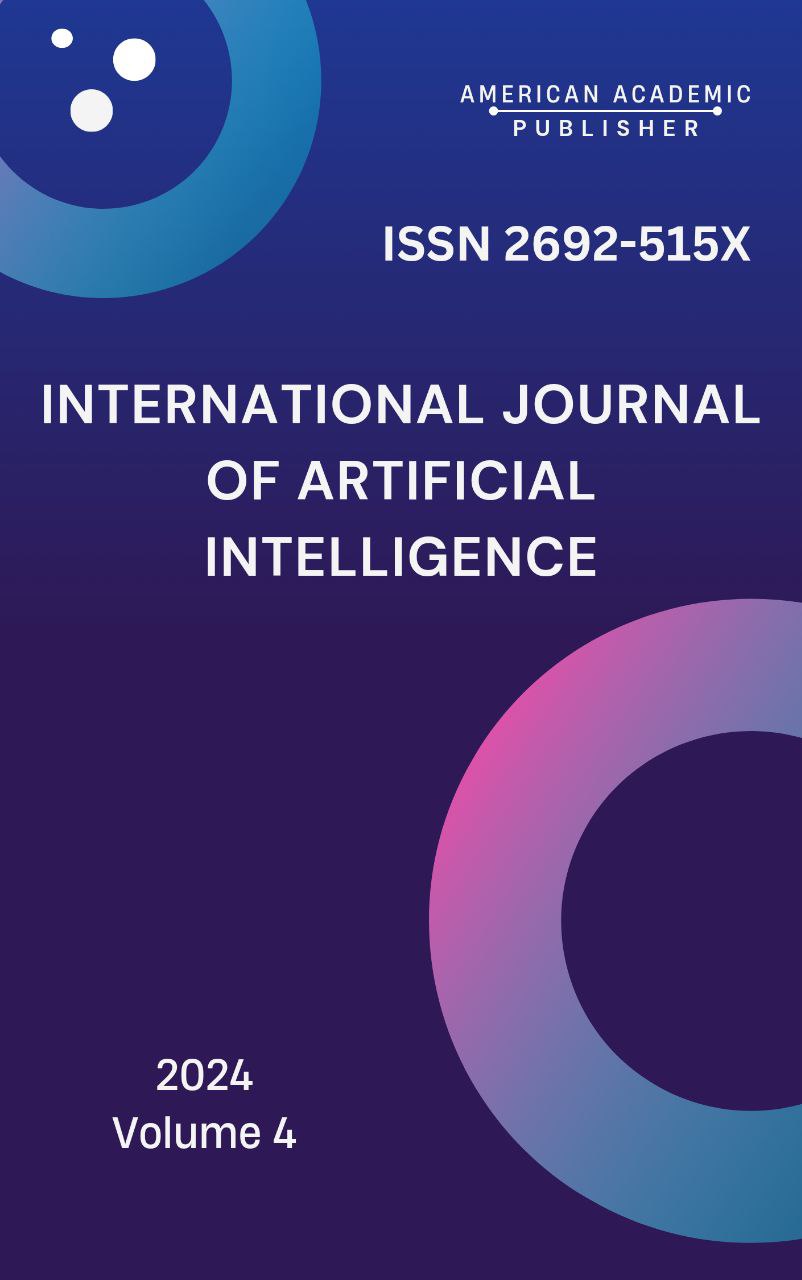 Articles
| Open Access |
Articles
| Open Access | EFFECTIVE WAYS AND TECHNIQUES OF TEACHING FOREIGN LANGUAGES TO YOUNG LEARNERS
Rustam Latipov , Teacher at the Department of Social Sciences and Humanities, Samarkand State Medical University.Abstract
This paper discusses the effective ways and techniques of teaching foreign languages to young learners. It emphasizes the importance of adapting teaching methods to the developmental stages of children and highlights various strategies to enhance language acquisition. The research explores communicative approaches, play-based learning, and the integration of technology in language instruction. By examining the cognitive and social needs of young learners, the paper offers insights into how educators can create engaging and effective learning environments. The findings demonstrate that a combination of interactive, dynamic, and context-driven methods significantly improves language learning outcomes for children.
Keywords
Foreign language teaching, young learners, language acquisition, interactive methods, educational techniques.
References
Ellis, R. (2008). The Study of Second Language Acquisition. Oxford University Press.
Krashen, S. (2004). The Power of Reading: Insights from the Research. Heinemann.
Lightbown, P. M., & Spada, N. (2006). How Languages Are Learned. Oxford University Press.
Cameron, L. (2001). Teaching Languages to Young Learners. Cambridge University Press.
Gardner, R. C. (2007). Motivation and Second Language Acquisition. Cambridge University Press.
Article Statistics
Downloads
Copyright License

This work is licensed under a Creative Commons Attribution 4.0 International License.

